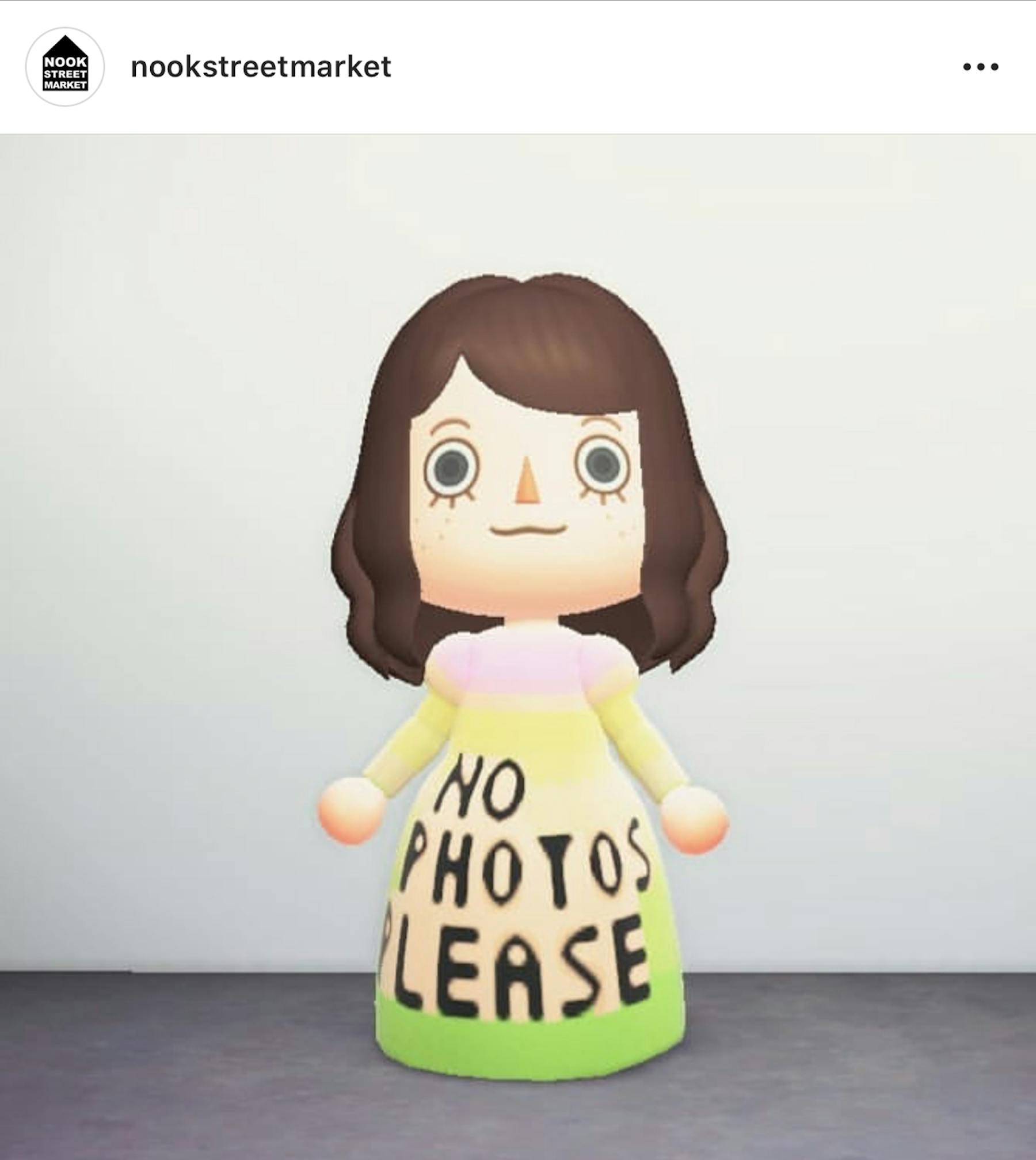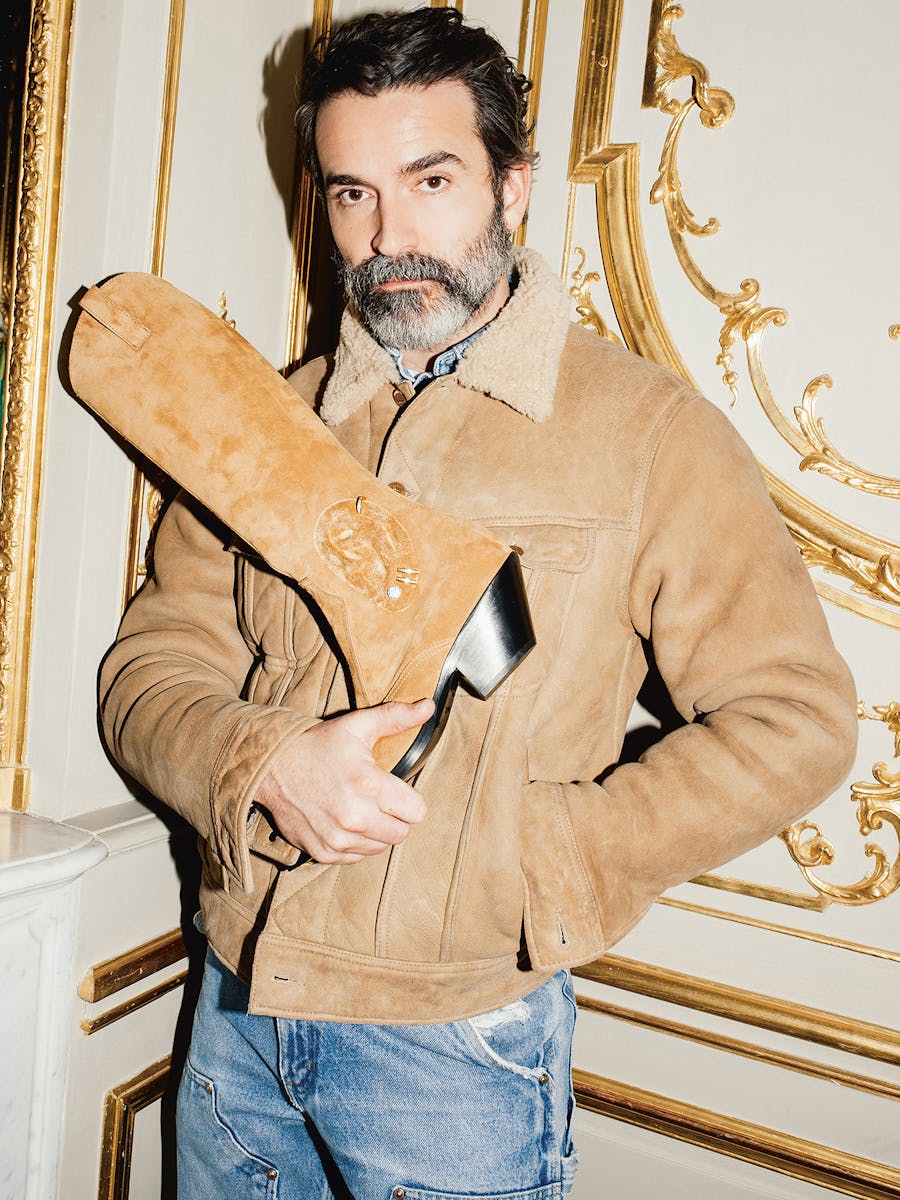There are encounters that we never anticipate...often because of a lack of imagination. Because we are stuck in our preconceptions. Our cultures. Our reference points. And yet, when two such opposed universes as fashion and gaming mix, we are fascinated. It suddenly makes sense. That was the case in 2016 when Nicolas Ghesquière chose Lightning, the heroine of Final Fantasy, as a muse. When Gucci embraced the retro-gaming trend by making arcade games available through its app. Or when Marc Jacobs and Valentino integrated the marvelous world of the anthropomorphic animals of Animal Crossing.
⏤ So is it parasitism, business opportunism or the hybridization of two forms of imaginative expression whose creative grammars are not, in fact, as far apart as all that?
It’s true that when it comes to video games the numbers are impressive. With a market valued at $152 billion in 2019 and annual growth of 13%, gaming is as much a financial phenomenon as a cultural one. In France, it is now the biggest cultural market, ahead of books, films and music. Mohamed Megdoul, founder of Immersion, a magazine dedicated to exploring links between gaming and emergent aesthetics, has described it as the ‘first globalized culture’, in the sense that the earliest games were designed in Japan and played simultaneously in the Land of the Rising Sun, in the US and Europe. This global phenomenon has expanded to the point that today ‘video games have become a mass culture in which every category of the population takes part.’ Geeks have changed their profile: the average player is aged 34 (all games included, among them casual games played on a mobile phone), and every other player is a woman.
It is therefore tempting to see the increasingly close ties between fashion and gaming as an opportunistic media strategy. With an overabundance of ads on the one hand, and the use of ad blockers on the other, brands seek in gaming a mass platform that was virgin territory, occupied by a captive audience. As it turns out, e-sport is a form of competitive sport like any other: only younger, more digital, more global and more diverse. Is the limited-edition Gucci Dive watch, a collaboration with British e-sports team Fnatic, anything other than a publicity stunt?
If this kind of encounter between gaming and fashion continues to intrigue us, it is because beyond the ‘marketing’ explanation, there exists between these two worlds the power of a shared aesthetic.
Mohamed Megdoul explains: ‘It’s not an accident that these encounters are happening now. The creative directors who are currently heading up the major fashion houses grew up with video games. There’s a new generation of decision makers who are used to the 3D aesthetic and its imagery.’ Video games are fertile ground for their imaginations and their creativity travels incessantly between the virtual and the real. In the case of the partnership between Louis Vuitton and League of Legends, you can find this back-and-forth between the virtual and the real: in the game, Qiyana’s big axe and her skin were redesigned by the brand, whilst in the real world, there was a capsule collection inspired by the characters.
These interactions also happen for the players themselves, navigating skillfully between virtual and real referents. The Instagram account @Nookstreetmarket (the logo inspired by Dover Street Market) offers a virtual version of designer looks for Animal Crossing. Here the real fashion world continues to inspire the virtual and is incarnated in it. Hence the stampede of brands in this direction.
Sometimes fashion even becomes the object of the game. This is the case for the fashion game apps Drest and Ada, which want to revolutionize the way in which we consume luxury. The principle is simple: you try on and buy the brand’s virtual looks by micropayment, you take virtual selfies which you share on your social networks, and should you so desire you can even buy the real piece (at its real price) on a sales site linked to the game – Farfetch, in the case of Drest. Here, the idea of a design object is detached from the object itself. The avatar and its associated imaginary take precedence over reality. We have almost reached the ‘post-product’ era.
Beyond the game as media platform and the game as shop, the development of games as a service is certainly going to lead to further collaboration between fashion and gaming. Here, we must distinguish between ‘casual games’ which exploit the mechanics of addiction and attention capture, in the same way a casino does (Candy Crush being the best-known example) and games-as-service which respond to a logic of the emotions and the imagination. Multiplayer, personalizable games as service are ‘world spaces’ in which, as in the real world, you meet to play the game but also to socialize and in a more general way to have fun. Constantly evolving, they offer great scope for convergence with other cultures. Music has already been successfully grafted on. What started in 2006 with a Duran Duran concert in Second Life continues today in Minecraft, Fortnite and GTA V, with the staging of virtual concerts and festivals. You might think of the Astronomical performance of Travis Scott last spring, which got millions of views. The boundary between virtual and real experiences is thinning, as the two grow into each other in a natural prolongation: ‘video games create moments in life, they crystallize experiences and emotions, they offer spaces for social and cultural interactions’, Mohamed Megdoul suggests.
As new social spaces, video games activate a specific dimension, that of identity, in which fashion finds all its legitimacy. ‘We saw during the Corona crisis that when the real is disrupted, the virtual steps in. And its spaces of socialization are becoming ever more indispensable. Video games take up the codes of the real with that desire to stand out from the crowd. Skins and personalization, that’s fashion,’ asserts Mohamed Megdoul. The fashion designer and influencer in the game Roblox, Missmudmaam, insists, for her part, on the emancipatory power of the virtual: ‘As far as their clothing choices in the game go, I have the impression that people are more daring than they are in physical reality. They make edgier choices.’ Virtual fashion thus becomes a sort of ‘augmented fashion.’ Stripped of social judgement, its function can be still more emancipatory. More inclusive as well. The virtual multiplies the identarian role of clothing. The success of the #globalpridecrossing operation led by Arnaud Robin (director of innovation at We are Social Singapore) proves it. Players say the same thing: ‘In the game you can be who you want to be; the imaginative space is more open, more tolerant,’ he explains.
Games-as-service belong, therefore, to the ‘Metaverse’, that virtual space described by Stephenson in his 1992 best-seller, Snow Crash, in which the individual is increasingly engaged and socialized, and which resembles ‘a space-of-being’. To this end, Arnaud Robin emphasizes the challenge brands face in integrating themselves into these immersive platforms: ‘Brands must ask themselves what type of experience they offer. It’s different from doing ads on Facebook. The risk factor is higher but brands have more of a chance of making a cultural impact.’ For that to happen, brands must observe the players, understand their codes, and above all offer them something other than simply putting at their disposal outfits and accessories to personalize their avatar. They have the opportunity to expand the game by infusing into it a unique experience. Or even better, a cause.
Video games thus constitute a new narrative space for fashion and luxury brands, which are always in search of emotional connections and connections built around shared identity. They take an interest in them as in any other form of culture or imaginative production. Because today they derive their legitimacy from this capacity, they have to share the same centers of interest as their communities, the same references, the same spaces and the same values. Video games represent an exciting new space for co-creation, both for brands and their audiences.
Translated into English by Sara & Emma Bielecki.


